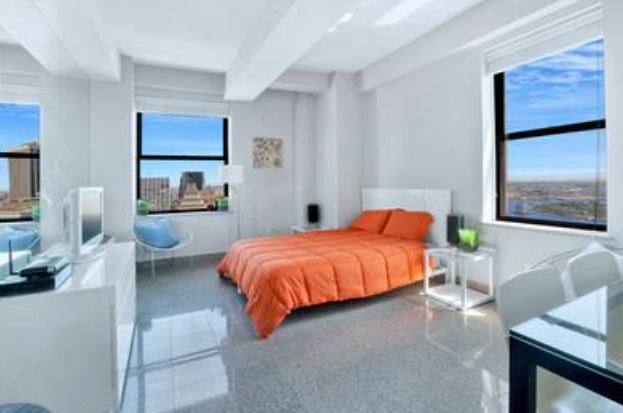Across the United States, apartment size standards vary significantly, creating challenges for both buyers and renters.
 |
| Apartment size standard USA should be comfortable image: Collected |
Unlike some countries with defined apartment size categories, the United States lacks a comprehensive set of standards for apartment sizes. This absence of standardization stems from several factors, including:
1. Diverse Market Demands:
The USA's diverse population and varying lifestyles demand a wide range of apartment sizes, from compact studios to spacious multi-bedroom units.
2. Developer Flexibility:
Without strict regulations, developers have the freedom to design apartments that suit their preferences and market strategies, leading to a variety of sizes and layouts.
3. Historical Building Stock:
The USA's vast housing inventory includes a significant portion of older buildings, which often feature non-standard apartment sizes due to the construction practices and building codes of the time.
Challenges for Buyers and Renters
The lack of standardized apartment sizes poses several challenges for both buyers and renters:
1. Comparison Difficulties:
Comparing apartments becomes challenging due to the absence of standardized size references.
2. Pricing Inconsistencies:
Renters may face inconsistencies in pricing due to the lack of standardized size benchmarks, potentially paying disproportionately high or low rent for apartments of similar quality.
3. Buyer's Confusion:
Buyers may struggle to determine the true value of an apartment without clear size specifications, leading to potential overpayment or underpayment.
Efforts Towards Standardization
Despite the absence of nationwide regulations, some efforts are underway to introduce a degree of standardization:
1. Real Estate Guidelines:
The National Association of Home Builders (NAHB) and the Real Estate Standards Institute (RESI) have developed guidelines for common apartment sizes, providing some level of consistency within the industry.
2. Local Regulations:
Some cities and municipalities have implemented their own apartment size regulations, particularly for newly constructed buildings, to promote uniformity and consumer protection.
3. Industry Practices:
Over time, industry practices and market preferences may lead to a gradual convergence towards de facto standards for certain apartment types, such as studios, one-bedrooms, and two-bedrooms.
Navigating the Varied Landscape
In the absence of comprehensive standardization, buyers and renters can take steps to navigate the varied apartment size landscape:
1. Thorough Research:
Conduct thorough research on apartment sizes and layouts before making a decision.
2. Expert Guidance:
Seek guidance from experienced real estate agents who can provide insights into apartment sizes and market trends.
3. Careful Inspection:
Carefully inspect apartments to assess their actual size and layout to avoid discrepancies in advertised sizes.
4. Clear Documentation:
Ensure all agreements clearly state the apartment's dimensions, including square footage, to avoid misinterpretations or disputes.
5. Market Awareness:
Stay informed about market trends and pricing variations for apartments of similar types and sizes to make informed decisions.
While standardized apartment sizes offer certain benefits, the USA's diverse housing market and the flexibility it provides to developers and buyers also have their advantages. As the real estate market continues to evolve, efforts towards standardization may gain momentum, but for now, careful research, expert guidance, and informed decision-making are crucial for navigating the varied apartment size landscape in the USA.